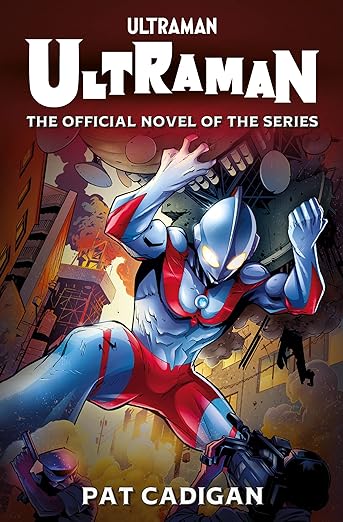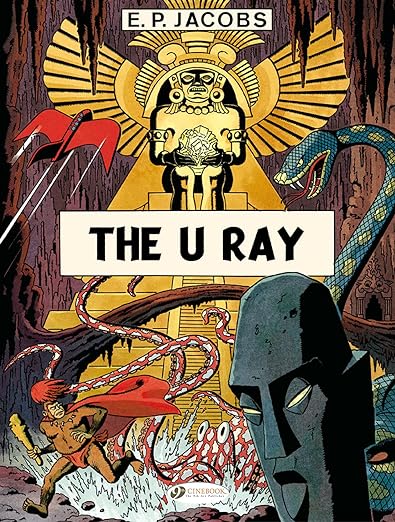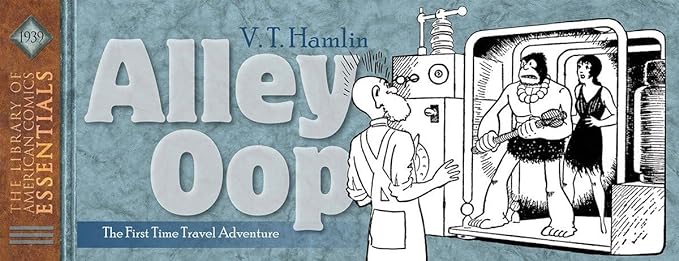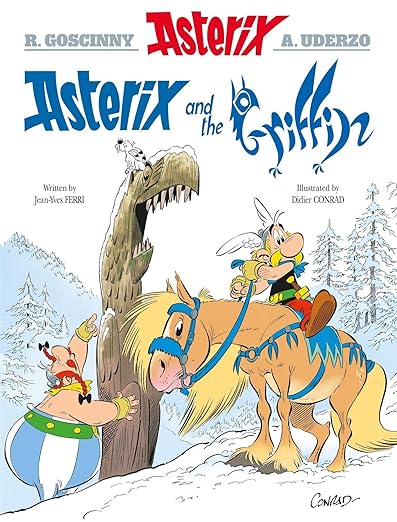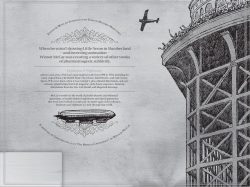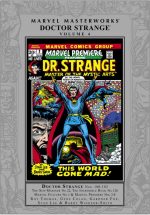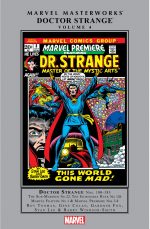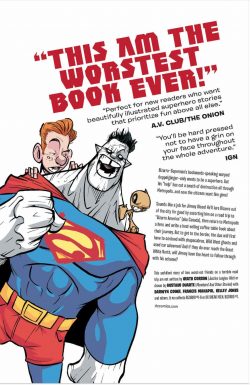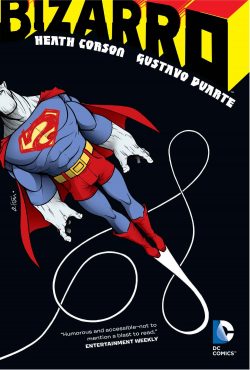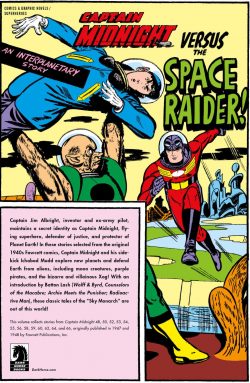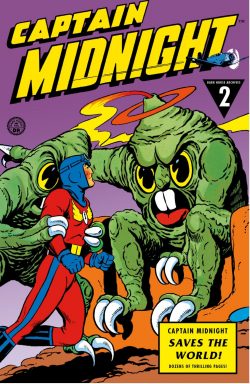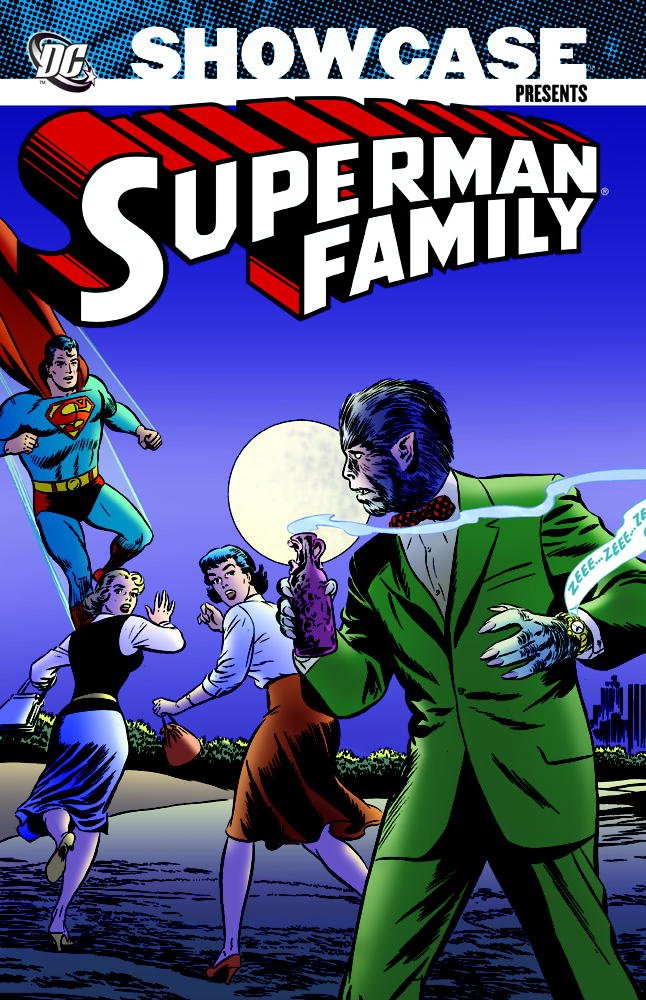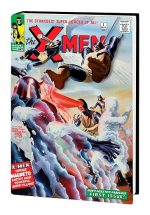
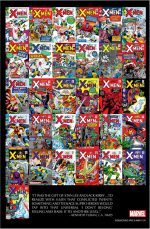
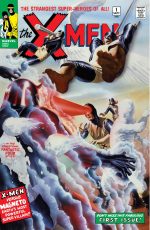
By Stan Lee & Jack Kirby, Roy Thomas, Werner Roth, Alex Toth, Jack Sparling, Paul Reinman, Dick Ayers, John Tartaglione, & various (MARVEL)
ISBN: 978-1-3029-3289-3 (HB/Digital edition)
Win’s Christmas Gift Recommendation: Incomparable Strangers Bearing Gifts … 9/10
In 1963 things really took off for the budding Marvel Comics as Stan Lee & Jack Kirby expanded their diminutive line of action titles, putting a bunch of relatively new super-heroes (including hot-off-the-presses Iron Man) together as the Avengers, launching a decidedly different war comic in Sgt. Fury and his Howling Commandos and creating a group of alienated heroic teenagers who gathered together to fight a rather specific, previously unperceived threat to humanity.
Those halcyon days are revisited in this splendid but weighty compilation: gathering from September 1963 to April 1967, the contents of X-Men #1-31, pertinent letters pages, sundry historically pertinent extras and a trio of Introductions by Lee and Roy Thomas culled from previous Marvel Masterworks collections.
Issue #1 introduced Cyclops, Iceman, Angel and the Beast: very special students of wheelchair-bound telepath Professor Charles Xavier who has dedicated his life to brokering peace and integration between the masses of humanity and the emergent off-shoot race of mutants dubbed Homo Superior. The story opens as the students welcome newest classmate Jean Grey, a young woman with the ability to move objects with her mind. No sooner has the Professor explained their mission than an actual Evil Mutant, Magneto, single-handedly takes over American missile base Cape Citadel. Seemingly unbeatable, the master of magnetism is nonetheless driven off – in under 15 minutes – by the young heroes on their first mission…
It doesn’t sound like much, but the gritty dynamic power of Kirby’s art, solidly inked by veteran Paul Reinman, imparted a raw energy to the tale which carried the bi-monthly book irresistibly forward. With issue #2, a Federal connection was established in the form of FBI Special Agent Fred Duncan, who requests the teen team’s assistance in capturing a mutant who threatens to steal US military secrets in ‘No One Can Stop the Vanisher!’.
These days, young heroes are ten-a-penny, but it should be noted that these were Marvel’s first juvenile super-doers since the end of the Golden Age, so it’s perhaps unsurprising that in this tale of a terrifying teleporter the outmatched youngsters need a little adult supervision…
Issue #3’s ‘Beware of the Blob!’ displays a rare lapse of judgement as proselytising Professor X invites a sideshow freak into the team only to be rebuffed by the fully felonious mutant. Impervious to mortal harm, The Blob incites his carnival cronies to attack the hidden heroes before they can come after him, and once again it’s up to teacher to save the day…
With X-Men #4 (March 1964) a thematic sea-change occurs as Magneto returns, leading ‘The Brotherhood of Evil Mutants!’ Intent on conquering a South American country and establishing a political powerbase, he ruthlessly dominates Mastermind, Toad, Quicksilver and The Scarlet Witch, who are very much unwilling thralls in the bombastic struggle that follows. From then, the champions-in-training are the prey of many malevolent mutants.
As well as beginning letters page ‘Let’s Visit the X-Man’, #5 reveals ‘Trapped: One X-Man!’ as an early setback in that secret war sees Angel abducted to Magneto’s orbiting satellite base Asteroid M, where only a desperate battle at the edge of space eventually saves him, after which ‘Sub-Mariner Joins the Evil Mutants!’
The self-explanatory tale of gripping intensity is elevated to magical levels of artistic quality as the superb Chic Stone replaced Reinman as inker for the rest of Kirby’s tenure. The issue also incorporates a stunning ‘Special Pin-up page’ starring “Cyclops” before genuine narrative progress is made in ‘The Return of the Blob!’ as their mentor leaves on a secret mission, after appointing Cyclops team leader. Comedy relief is provided as Lee & Kirby introduce Beast and Iceman to a Beatnik-inspired “youth scene” whilst a high action quotient is maintained courtesy of a fractious teaming of Blob and Magneto’s malign brood…
Another and very different invulnerable mutant debuted in ‘Unus the Untouchable!’: a wrestler with an invisible force field who attempts to join the Brotherhood by offering to bring them an X-Man. Also notable is the first real incident of “anti-mutant hysteria” after a mob attacks Beast – a theme that would become the cornerstone of X-Men mythology – and added delight ‘Special Pin-up page – ‘The Beast’.
X-Men #9 (January 1965) is the first true masterpiece of this celebrated title. ‘Enter, The Avengers!’ reunites the youngsters with Professor X in the wilds of Balkan Europe, as deadly schemer Lucifer seeks to destroy Earth with a super-bomb, subsequently manipulating the teens into an all-out battle with the awesome Avengers. This month’s extra treat is a Marvel Masterwork Pin-up of ‘Marvel Girl’.
This is still a perfect Marvel comic story today, as is its follow-up ‘The Coming of Ka-Zar!’: a wild excursion to Antarctica, featuring the discovery of the Antediluvian Savage Land and a modern incarnation of one of Marvel/Timely’s oldest heroes (Kazar the Great was a pulp Tarzan knock-off who migrated to comics pages in November 1939’s Marvel Comics #1).
Dinosaurs, lost cities, spectacular locations, mystery and action: it never got better than this…
After spectacular starts on most of Marvel’s Superhero titles (as well as western and war revamps), Kirby’s increasing workload compelled him to cut back to just laying out most of these lesser lights whilst Thor and Fantastic Four evolved into perfect playgrounds and full-time monthly preoccupations for his burgeoning imagination. The last series Jack surrendered was still-bimonthly X-Men wherein an outcast tribe of mutants worked clandestinely to foster peace and integration
His departure in #11 was marked by a major turning point. ‘The Triumph of Magneto!’ sees our heroes and the Brotherhood both seeking a fantastically powered being dubbed The Stranger. None knew his true identity, nature or purpose, but when the Master of Magnetism finds him first, it signalled the end of his war with the X-Men…
With Magneto gone and the Brotherhood broken, Kirby relinquished pencilling to others, providing loose layouts and character design only. Alex Toth & Vince Colletta proved an uncomfortable mix for #12’s tense drama ‘The Origin of Professor X!’: opening a 2-part saga introducing Xavier’s half-brother Cain Marko and revealing that simplistic thug’s mystic transformation into an unstoppable human engine of destruction.
The story concludes with ‘Where Walks the Juggernaut’: a compelling, tension-drenched tale guest-starring The Human Torch, most notable for the introduction of penciller Werner Roth (as “Jay Gavin”). He would be associated with the mutants for the next half decade. His inker for this first outing was the infallible Joe Sinnott.
Roth was an unsung industry veteran, working for the company in the 1950s on star features like Apache Kid and the inexplicably durable Kid Colt, Outlaw, as well as Mandrake the Magician for King Features Comics and Man from U.N.C.L.E. for Gold Key. As with many pseudonymous creators of the period, it was DC commitments (mostly romance stories) that forced him to disguise his moonlighting until Marvel was big enough to offer full-time work.
From issue #14 and inked by Colletta, ‘Among us Stalk the Sentinels!’ celebrated the team’s inevitable elevation to monthly publication with the first episode of a 3-part epic introducing anthropologist Bolivar Trask, whose solution to the threat of Mutant Domination was super-robots that would protect humanity at all costs. Sadly, their definition of “protect” varied wildly from their builder’s, but what can you expect when a social scientist dabbles in high-energy physics and engineering?
The X-Men took the battle to the Sentinels’ secret base only to became ‘Prisoners of the Mysterious Master Mold!’ before crushing their ferrous foes with ‘The Supreme Sacrifice!’ Dick Ayers had joined as inker with #15, his clean line blending perfectly with Roth’s crisp, classicist pencils. They remained a team for years, adding vital continuity to this quirky but never top-selling series. X-Men #17 dealt with the aftermath of battle – the last time the US Army and government openly approved of the team’s efforts – and the sedate but brooding nature of ‘…And None Shall Survive!’ enabled the story to generate genuine apprehension as Xavier Mansion was taken over by an old foe who picked them off one by one until only the youngest remained to battle alone in climactic conclusion ‘If Iceman Should Fail..!’
Lee’s last script was ‘Lo! Now Shall Appear… The Mimic!’ in #19: the tale of troubled teen Cal Rankin who possesses the ability to copy skills, powers and abilities of anyone in close proximity. Scripting fell to Thomas in #20, who promptly jumped in guns blazing with ‘I, Lucifer…’: an alien invasion yarn starring Xavier’s arch-nemesis plus Unus the Untouchable and Blob. Most importantly, it revealed in passing how Professor X lost the use of his legs.
With concluding chapter ‘From Whence Comes Dominus?’, Thomas & Roth completely made the series their own, blending juvenile high spirits, classy superhero action and torrid soap opera with beautiful drawing and stirring adventure.
At this time Marvel Comics had a vast and growing following among older teens and college kids, and the youthful Thomas spoke and wrote as they did. Coupled with his easy delight in large casts, this increasingly made X-Men a welcoming read for any educated adolescent …like you or me…
As suggested, X-Men was never one of young Marvel’s top titles but it found a dedicated following, with the frantic, freakish energy of Kirby’s epic dynamism comfortably transiting into the slick, sleek attractiveness of Roth as the fierce tension of hunted, haunted juvenile outsider settled into a pastiche of college and school scenarios so familiar to the students who were the series’ main audience.
A crafty 2-parter then resurrected Avengers villain Count Nefaria who employed illusion-casting technology and a band of other heroes’ minor foes (Unicorn, Porcupine, Plantman, Scarecrow and The Eel, if you’re wondering) to hold Washington DC hostage and frame the X-Men for the entire scheme. ‘Divided… We Fall!’ and ‘To Save a City!’ comprise a fast-paced, old-fashioned Goodies vs. Baddies battle with a decided sting in the tail. Moreover, the tale concludes with Marvel Girl yanked off the team when her parents demand she furthers her education by attending New York’s Metro University…
By the time attitudes and events in the wider world were starting to inflict cultural uncertainty on the Merry Mutants and infusing every issue with an aura of nervous tension. During the heady 1960s, Marvel Comics had a vast following among older teens and college kids, and youthful scribe Thomas spoke and wrote as they did. However, with societal unrest everywhere, those greater issues were being reflected in the comics. A watered-down version of the counter-culture had been slowly creeping into these tales of teenaged triumph and tragedy, mostly for comedic balance, but they were – along with Peter Parker in Amazing Spider-Man – some of the earliest indications of the changing face of America…
Illustrated by Roth with Dick Ayers inking, the action opens with college girl Jean visiting her old chums to regale them with tales of life at Metro University. Her departure segues neatly into a beloved plot standard – Evil Scientist Grows Giant Bugs – when she meets an embittered, recently-fired professor, leading her erstwhile comrades to confront ‘The Plague of… the Locust!’ X-Men #24 isn’t the most memorable of the canon but still reads well and has the added drama of Marvel Girl’s departure crystallizing a romantic rivalry for her affections between Cyclops and Angel: providing another deft sop to the audience as it enabled many future epics to include Campus life in the mix…
Somehow Jean managed to turn up every issue even as ‘The Power and the Pendant’ (#25, October 1966) found the boys tracking new menace El Tigre. This South American hunter was visiting New York to steal the second half of a Mayan amulet which would grant him god-like powers. Having soundly thrashed the mutant heroes, newly-ascended – and reborn as Kukulkan – the malign meta returns to Amazonian San Rico to recreate a lost pre-Columbian empire with the heroes in hot pursuit. The result is a cataclysmic showdown in ‘Holocaust!’ which leaves Angel fighting for his life and deputy leader Cyclops crushed by guilt…
Issue #27 saw the return of old foes in ‘Re-enter: The Mimic!’ as the mesmerising Puppet Master pits Calvin Rankin against a team riven by dissention and ill-feeling, before ‘The Wail of the Banshee!’ sees Rankin join the X-Men in a tale introducing the sonic-powered mutant (who eventually became a valued team-mate/team-leader) as a deadly threat. This was the opening salvo of an ambitious extended epic featuring the global menace of sinister, mutant-abducting organisation Factor Three. John Tartaglione replaced Ayers as regular inker with bright and breezy thriller ‘When Titans Clash!’, as the power-duplicating Super-Adaptoid almost turns the entire team into robot slaves before ending Mimic’s crime-busting career.
Jack Sparling & Tartaglione illustrated ‘The Warlock Wakes’ in #30 as old Thor foe Merlin enjoys a stylish upgrade to malevolent mutant menace whilst trying to turn Earth into his mind-controlled playground. and the Costumed Dramas pause for now as Marvel Girl and the boys reunite to tackle a deranged Iron Man wannabe who is also an accidental atomic time bomb in Roth & Tartaglione illustrated ‘We Must Destroy… The Cobalt Man!’
Once the stories pause the extras start with essays Dawn of the Marvel Mutants: The X-Men of Stan Lee and Jack Kirby by Jon B. Cooke and Bruce Canwell’s A Mutant By Any Other Name, supplemented by a tee-shirt design by Kirby & Stone, unused covers.
As well as original art and House ads, there are covers for reprint comics Marvel Tales #2, Marvel Super-Heroes #21-27 & 21, Amazing Adventures #1-14 (with additional bridging art by Ron Wilson, Al Milgrom &Carmine Infantino) and X-Men: The Early Years, plus previous collections’ covers by Bruce Timm, Alex Ross, Kirby, Roth & Dean White.
These tales perfectly display Marvel’s evolution from quirky action tales to the more fraught, breast-beating, convoluted melodramas that inexorably led to the monolithic X-brand of today. Superbly drawn, highly readable stories are never unwelcome or out of favour though, and it must be remembered that everything here informs much of today’s mutant mythology. These are unmissable stories for the dedicated fan and newest convert.
© 2022 MARVEL.

